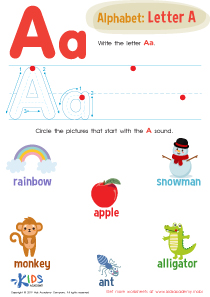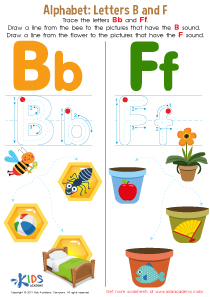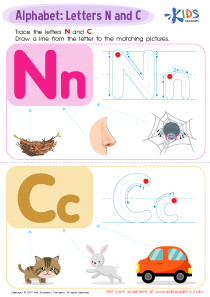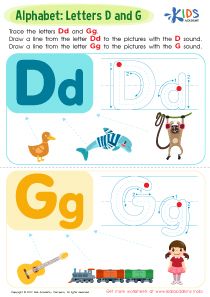Handwriting practice Letter G Worksheets for Ages 4-9
3 filtered results
-
From - To
Enhance your child's handwriting skills with our engaging Letter G worksheets, designed specifically for ages 4 to 9! These printable activities provide a fun and educational way for children to practice writing the letter G in both uppercase and lowercase forms. Each worksheet reinforces letter recognition and phonetic awareness, making handwriting practice enjoyable and effective. Vibrant illustrations and interactive exercises keep young learners motivated as they develop fine motor skills essential for their writing journey. Perfect for home or classroom use, our Letter G worksheets help children gain confidence in their handwriting abilities while fostering a love for learning. Start today!
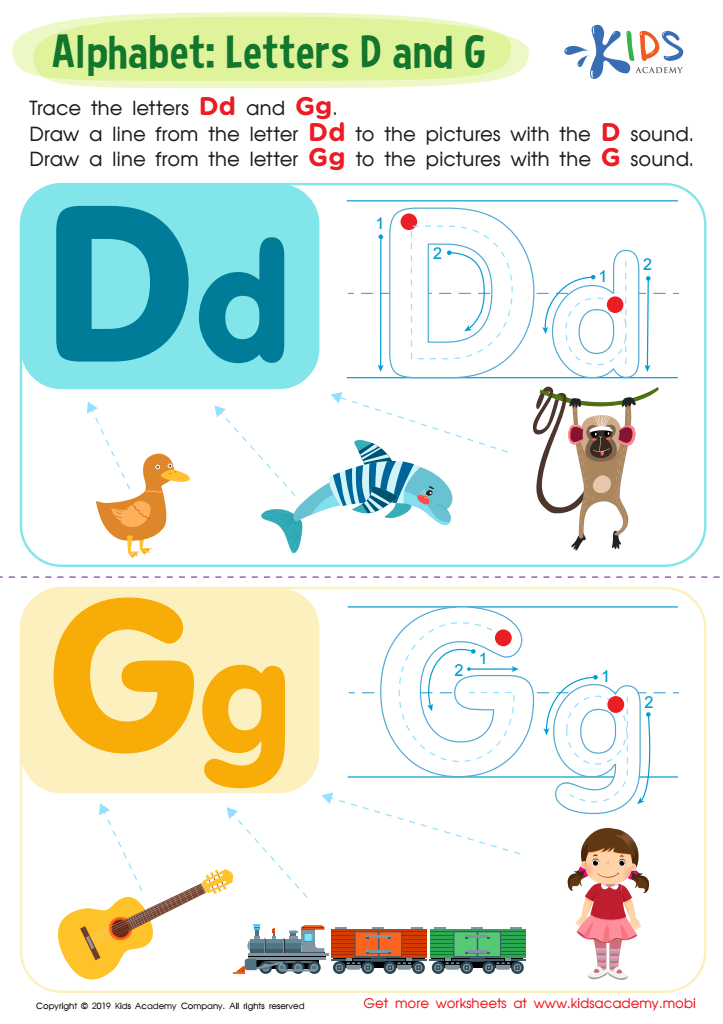

Letter D and G Tracing Worksheet


Letter G Tracing Page
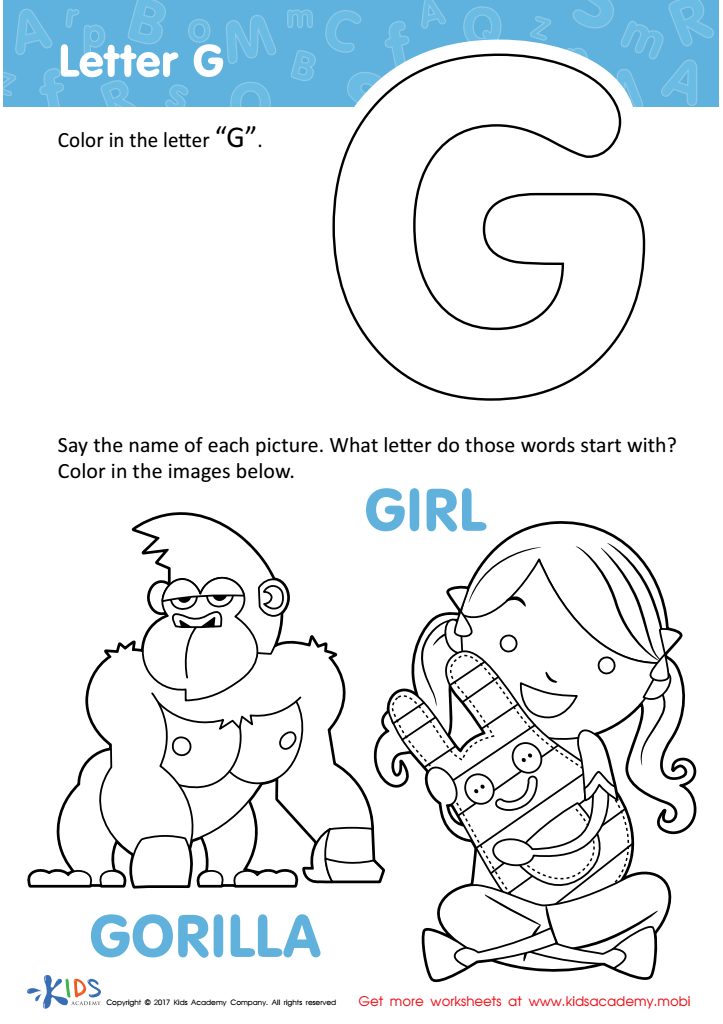

Letter G Coloring Sheet
Handwriting practice, specifically for the letter "G," is essential for children aged 4 to 9, as it plays a crucial role in their overall development. Firstly, handwriting helps improve fine motor skills, allowing children to develop better control of their hand movements, which is vital for various tasks in their daily lives. The act of forming letters, particularly one with curves like "G," can enhance coordination and dexterity.
Second, learning the letter "G" expands children's phonemic awareness. Understanding how the letter ‘G’ sounds and appears can help children learn to read and spell more effectively. This letter, often found in common words, provides a foundation for language development.
Additionally, penmanship fosters a sense of achievement and self-discipline. As children practice and refine their handwriting, they cultivate patience and perseverance—qualities that are beneficial for their future educational endeavors.
Moreover, neat handwriting improves legibility, making written communication clearer and more impactful. For these reasons, parents and teachers should prioritize repetitive, engaging handwriting exercises for the letter "G" and encourage an enthusiastic approach towards forming the letters. Such foundational skills not only contribute to better academic performance but also to the child’s confidence and self-expression.

 Assign to My Students
Assign to My Students









